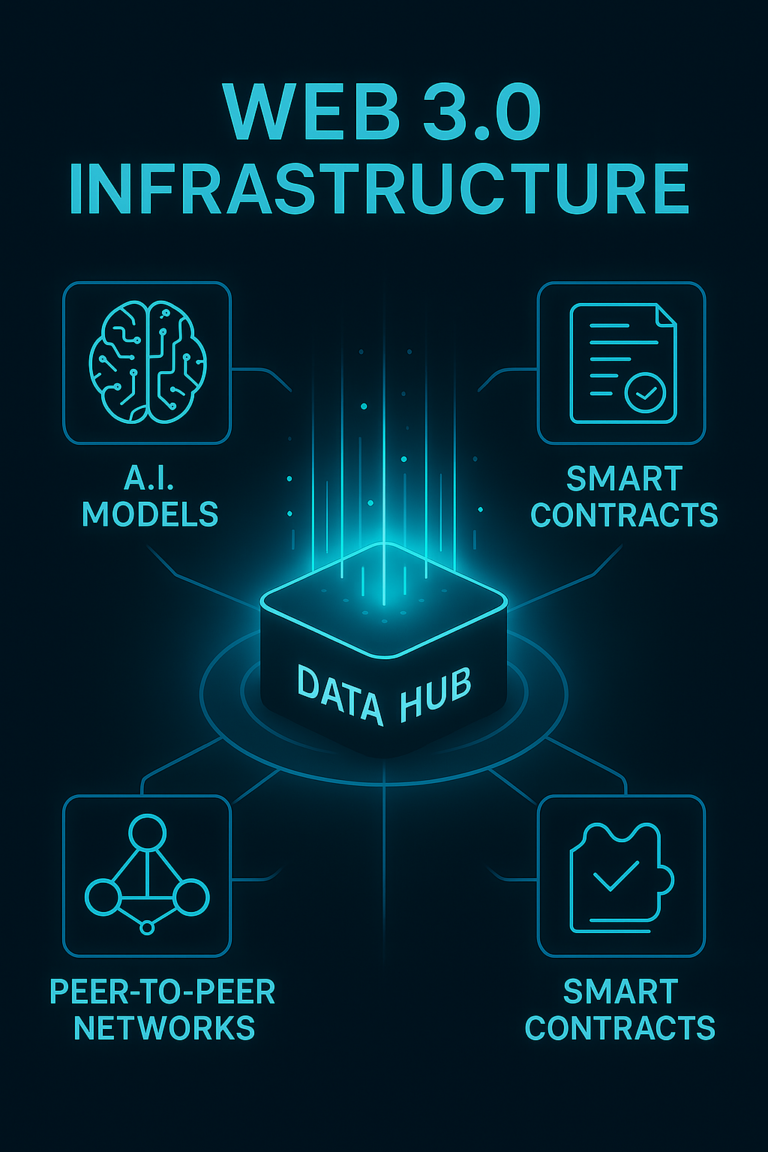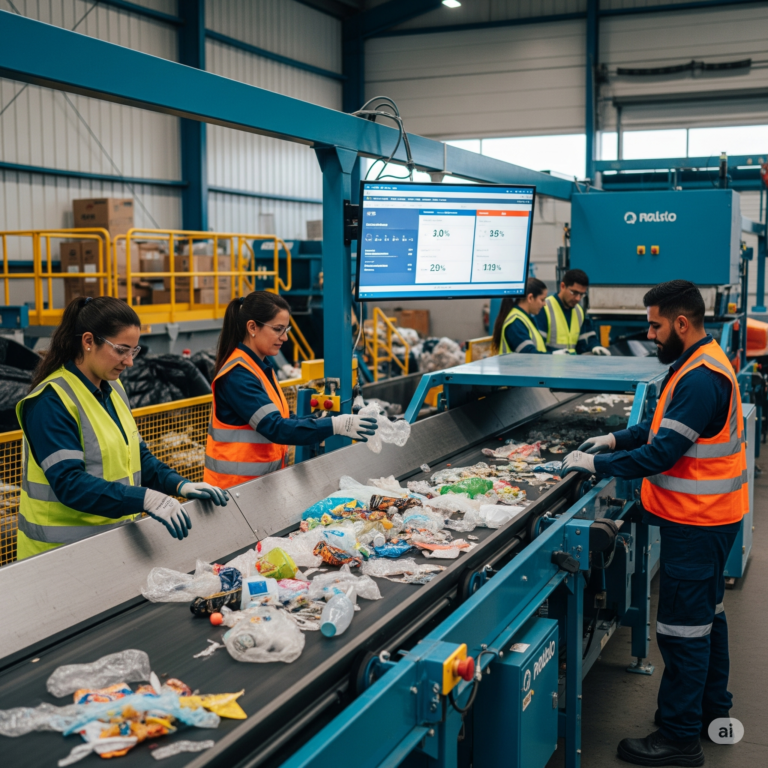The Web3 ecosystem, with its promise of decentralized applications (dApps) and blockchain-powered innovations, is rapidly evolving.1 However, building dApps often requires specialized knowledge in areas like blockchain programming, smart contract development, and cryptography.2 This technical barrier presents a significant hurdle for many developers and aspiring entrepreneurs who want to participate in this exciting space.
Enter low-code development platforms. These platforms are revolutionizing the way dApps are built by providing a visual, drag-and-drop interface that abstracts away much of the underlying complexity.3 This allows developers with varying levels of technical expertise to create sophisticated dApps with minimal coding, accelerating development cycles and opening up the Web3 space to a wider audience.4
How Low-Code Platforms Democratize Web3 Development
Traditionally, dApp development involved writing complex code in languages like Solidity for smart contracts and JavaScript for frontend interactions.5 This process is often time-consuming, error-prone, and requires deep technical knowledge. Low-code platforms simplify this process by:
- Visual Development: Offering a visual interface where developers can drag and drop pre-built components, such as user interfaces, data models, and blockchain interactions, to assemble their dApps.6
- Template-Based Development: Providing pre-designed templates and blueprints for common dApp types, such as decentralized exchanges (DEXs), non-fungible token (NFT) marketplaces, and decentralized applications (dApps).7
- Simplified Smart Contract Integration: Enabling developers to easily integrate pre-written or custom smart contracts into their applications without deep knowledge of blockchain programming.
- Automated Testing and Deployment: Automating many of the testing and deployment processes, streamlining the development workflow and reducing the risk of errors.8
Benefits of Using Low-Code Platforms for Web3 Development
- Reduced Development Time: Low-code platforms significantly reduce the time and effort required to build dApps, allowing developers to bring their ideas to market faster.9
- Increased Accessibility: These platforms make dApp development more accessible to a wider range of developers, including those with limited coding experience.10
- Improved Efficiency: By automating many of the development processes, low-code platforms improve overall efficiency and productivity.11
- Reduced Costs: Lower development costs can make building and deploying dApps more affordable for startups and individual developers.12
- Enhanced Innovation: By removing some of the technical barriers, low-code platforms can encourage innovation and experimentation within the Web3 space.13
Examples of Low-Code Platforms for Web3
Several low-code platforms are emerging in the Web3 space, each with its own unique features and capabilities:
- Moralis: A platform that provides a suite of tools for building and deploying dApps, including a drag-and-drop interface, pre-built components, and access to a range of blockchain APIs.
- Thirdweb: A developer platform that offers a suite of tools for building and deploying NFT projects, including minting, marketplace creation, and royalty management.14
- Unstoppable Domains: A platform that allows users to create and manage human-readable domain names on the blockchain, simplifying wallet addresses and improving user experience.15
- Biconomy: A platform that simplifies blockchain transactions for dApps by handling gas fees, transaction speed, and user experience.
Challenges and Considerations
While low-code platforms offer numerous advantages, it’s important to consider some potential challenges:
- Limited Customization: Low-code platforms may have limitations in terms of customization and flexibility, potentially restricting developers’ ability to build highly complex or unique applications.16
- Vendor Lock-in: Developers may become dependent on a specific low-code platform, potentially limiting their ability to switch to other platforms in the future.17
- Security Concerns: If not implemented properly, low-code platforms could introduce security vulnerabilities into dApps.18
- Scalability Limitations: Some low-code platforms may have limitations in terms of scalability, making it difficult to handle a large number of users and transactions.19
The Future of Low-Code Development in Web3
Despite these challenges, the future of low-code development in the Web3 space looks promising. As the technology continues to evolve, we can expect to see more sophisticated and user-friendly platforms emerge, further democratizing dApp development and accelerating innovation within the ecosystem. By empowering a wider range of developers to participate in the Web3 revolution, low-code platforms are playing a crucial role in shaping the future of this exciting space.
Frequently Asked Questions (FAQs)
- What are low-code development platforms?
- Low-code platforms are tools that allow developers to build applications with minimal coding, typically using visual interfaces and drag-and-drop components.20
- How do low-code platforms benefit Web3 development?
- They reduce development time, increase accessibility, improve efficiency, and reduce costs.21
- What are some examples of low-code platforms for Web3?
- Moralis, Thirdweb, Unstoppable Domains, and Biconomy.
- What are the limitations of low-code platforms?
- Limited customization, vendor lock-in, security concerns, and scalability limitations.22
- How can low-code platforms democratize Web3 development?
- By making dApp development more accessible to developers with varying levels of technical expertise.
- What is the role of smart contracts in low-code development?
- Low-code platforms often enable developers to easily integrate pre-written or custom smart contracts into their applications.
- Are low-code platforms suitable for all types of dApps?
- While low-code platforms can be used to build a wide range of dApps, they may not be suitable for highly complex or specialized applications.23
- How do low-code platforms improve developer productivity?
- By automating many of the development processes, such as testing and deployment.24
- What is the future of low-code development in Web3?
- The future looks promising, with continued innovation and the emergence of more sophisticated platforms.
- Can I learn to use low-code platforms without any coding experience?
- While some platforms are more user-friendly than others, some basic coding knowledge can be helpful for more advanced customization.
- What are the security risks associated with low-code platforms?
- If not implemented properly, low-code platforms could introduce security vulnerabilities into dApps.25
- How can I choose the right low-code platform for my project?
- Consider factors such as the specific features you need, the level of customization required, and the platform’s ease of use.
- Will low-code platforms replace traditional coding entirely?
- While low-code platforms can significantly simplify development, they are unlikely to completely replace traditional coding in all scenarios.26
- What are the potential benefits of using low-code platforms for businesses?
- Businesses can accelerate their Web3 initiatives, reduce development costs, and bring new products and services to market faster.27
- How can I stay updated on the latest developments in low-code development for Web3?
- Stay informed by following industry publications, attending conferences, and participating in online communities.















+ There are no comments
Add yours